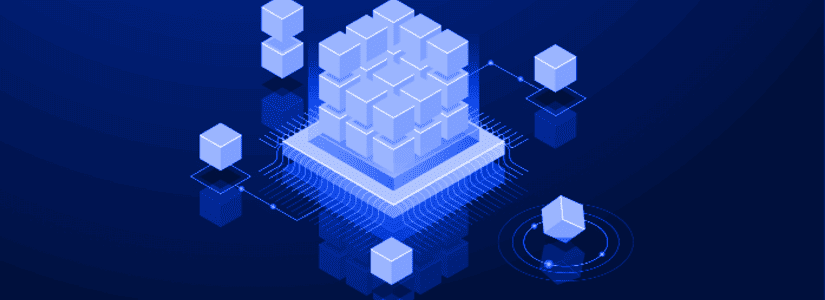TL;DR
- Ethereum will activate the Fusaka hardfork on December 3, gradually increasing blob capacity and addressing a critical network bottleneck.
- The upgrade introduces the PeerDAS system, allowing EVM nodes to verify data without downloading the entire blockchain, improving efficiency and L2 operations.
- The second phase, the BPO fork, will arrive on January 7, 2026, doubling blobs per block and preparing the network for a more scalable and efficient L2 ecosystem.
Ethereum will launch the Fusaka upgrade next week, a key step to expand the scalability of the largest smart contract blockchain.
The hardfork, starting on December 3, aims to solve one of the network’s main bottlenecks: the limited blob capacity, data units that optimize logistics between Layer 1 (L1) and Layer 2 (L2) solutions.
Ethereum Prepares for a New Level of Efficiency with Fusaka
Currently, Ethereum can process only six blobs per block, a limit that prevents efficient data management. Fusaka will gradually increase this number to avoid network congestion. The first post-hardfork fundraising is scheduled for December 9, marking the start of the gradual transition toward a more efficient system.
The upgrade introduces PeerDAS (Peer Data Availability Sampling), a mechanism that allows EVM nodes to verify data availability without downloading the entire blockchain. This function is crucial to improve node efficiency and optimize L2 protocol operations, reducing computational load and accelerating transactions. The crypto community considers PeerDAS one of the most anticipated developments following Pectra.
Boosting Performance for L2 Solutions
The second phase of Fusaka, called the “Blob Parameter Only (BPO) fork,” will go live on January 7, 2026, increasing the blob capacity per block from 6 to 14, a 133% increase compared to the current limit. This improvement will enable Ethereum to support a higher volume of transactions and L2 operations, advancing the development of a more efficient and scalable ecosystem.
The launch of Fusaka represents a milestone in the adoption of Layer 2 solutions and the optimization of on-chain infrastructure. The community expects that, together with future BPO forks and a planned gas limit increase in 2026, it will drive widespread adoption of Ethereum-based L2s.
By late 2026, Fusaka will be complemented by Ethereum Gloas-Amsterdam, a mega-upgrade incorporating 25 EIPs and reducing block time by half, further enhancing the network’s capacity and efficiency. The combination of these improvements demonstrates Ethereum’s focus on ensuring structured, sustainable growth, ready to support continuously increasing activity.
Fusaka will lay the foundation for L2 solutions and decentralized applications to operate faster and more efficiently













